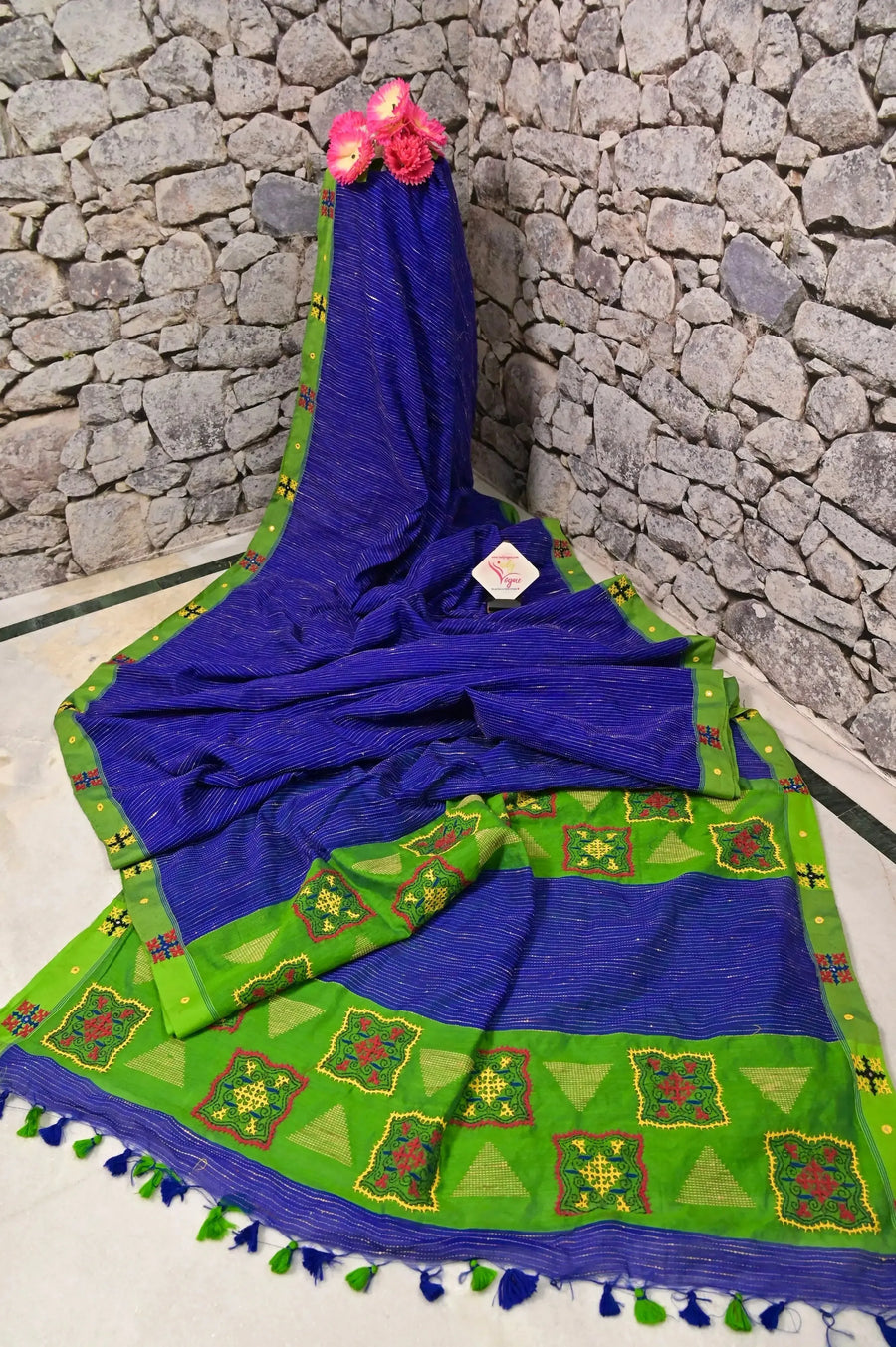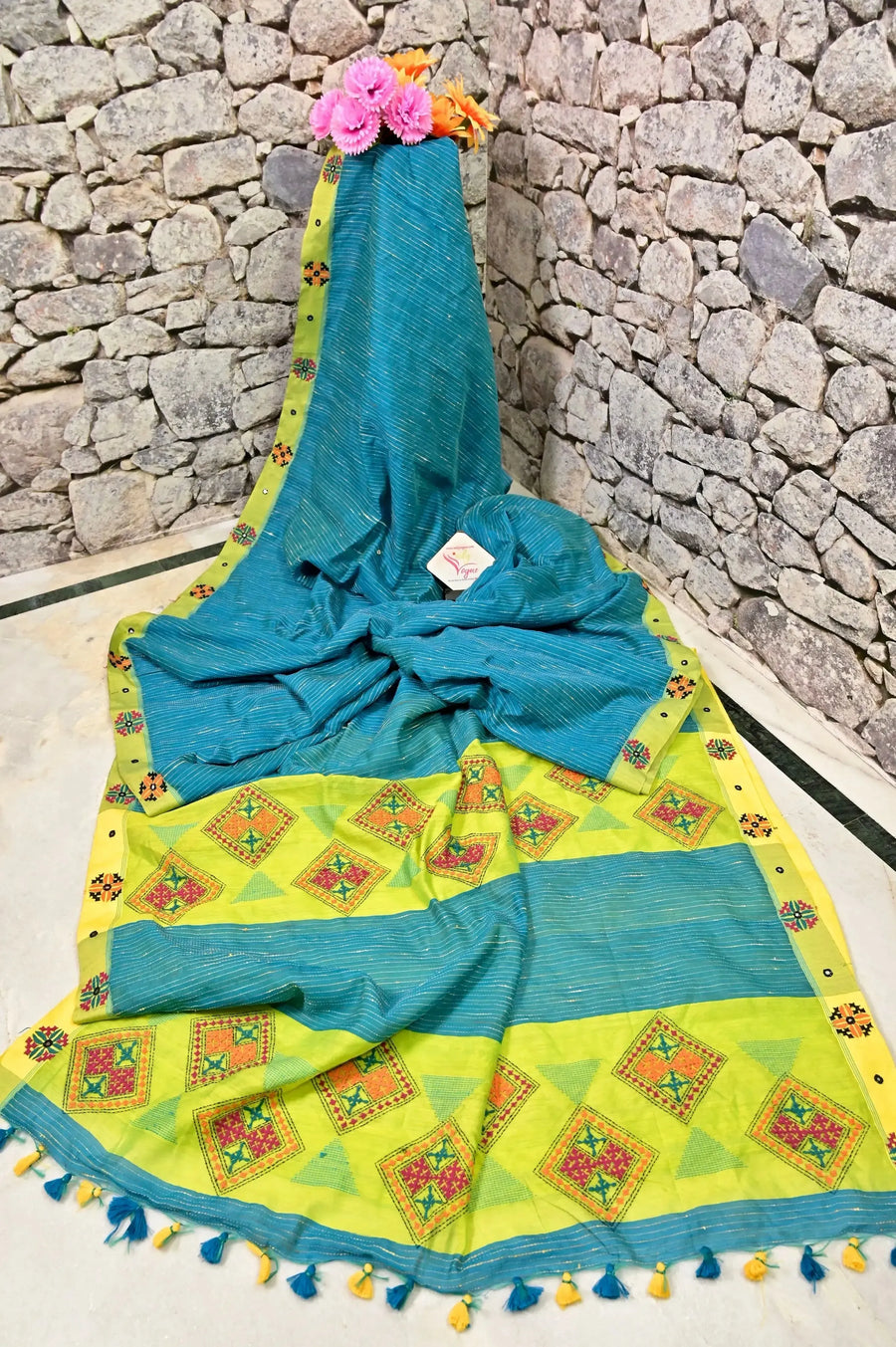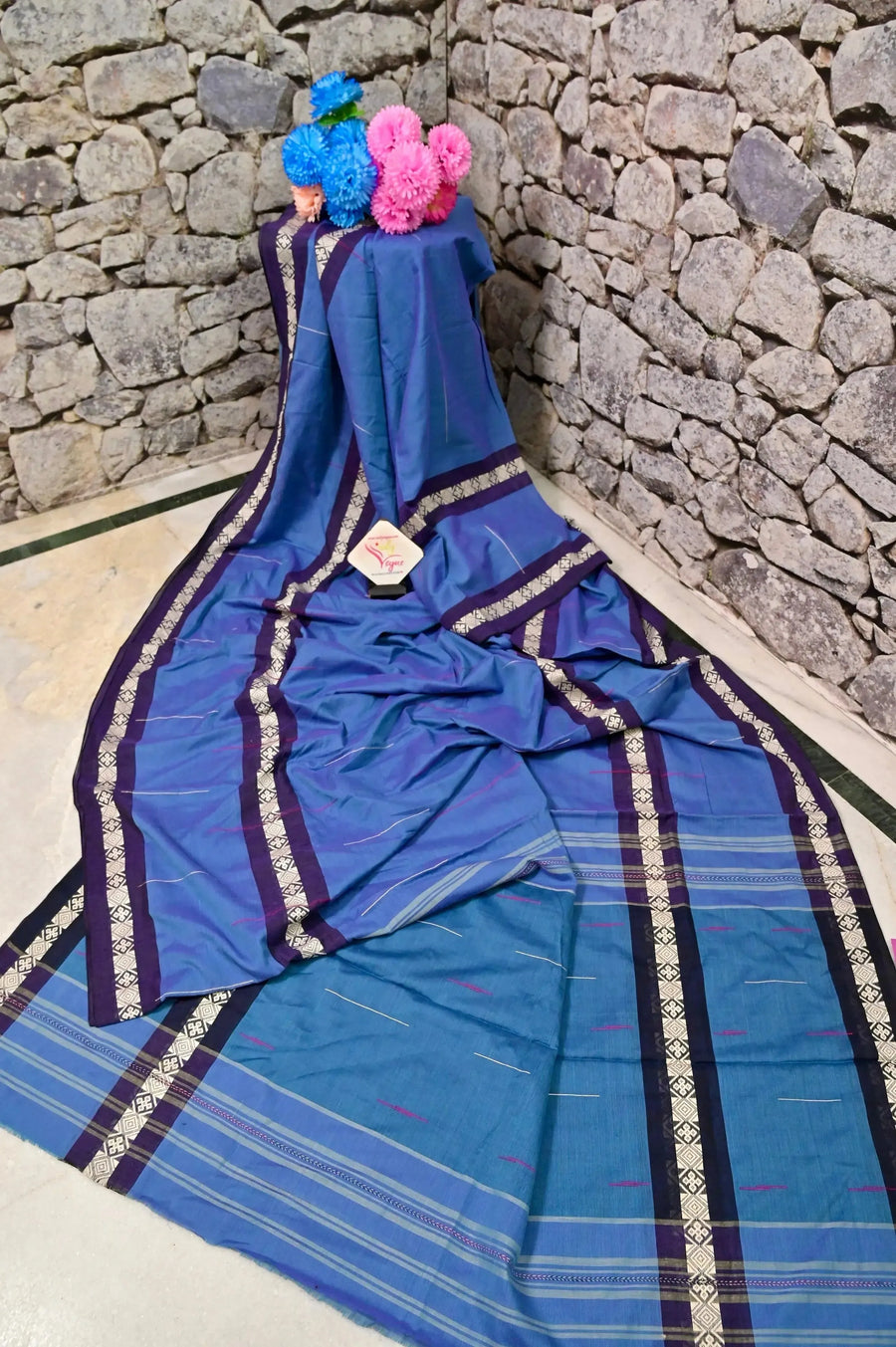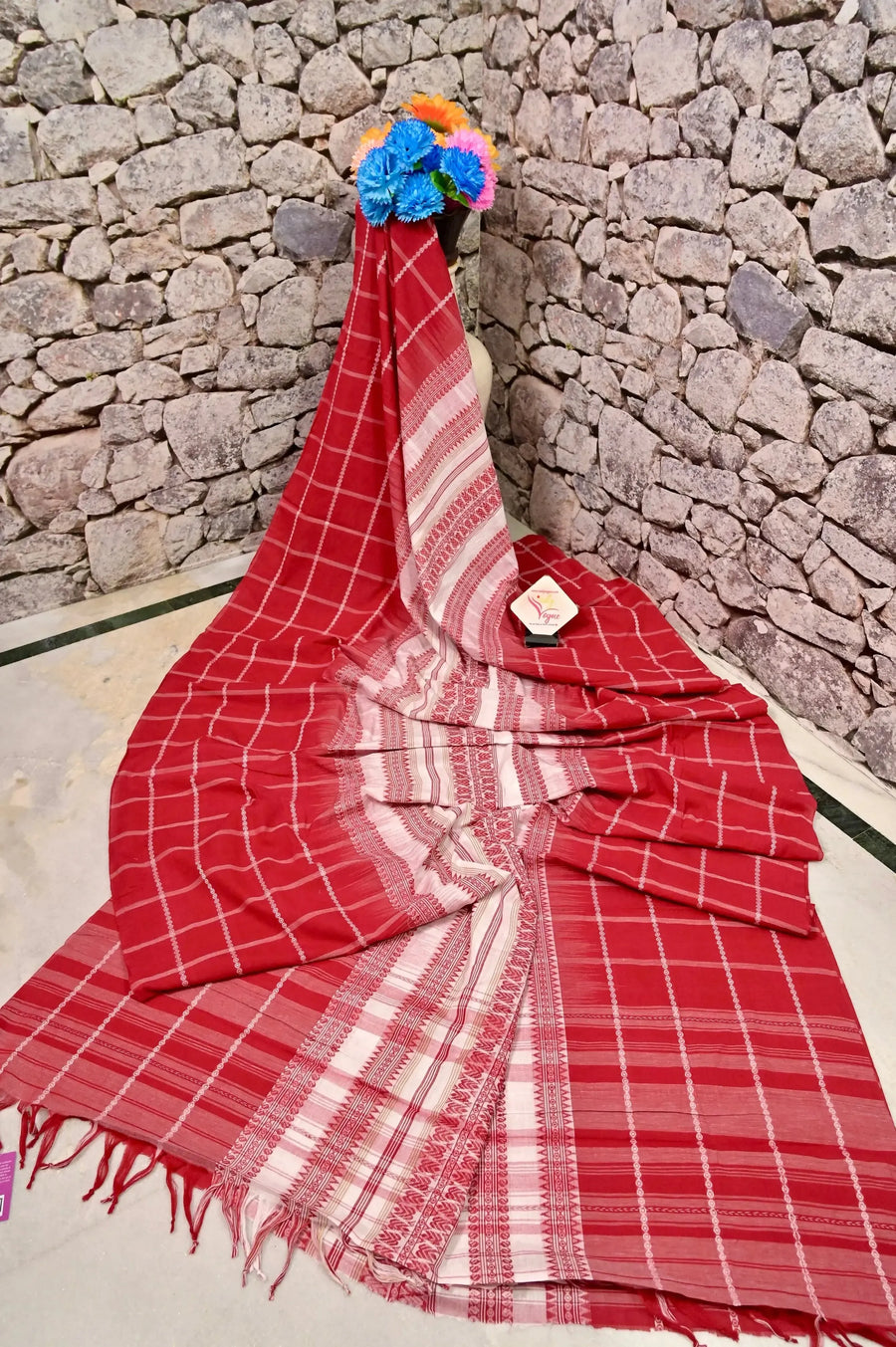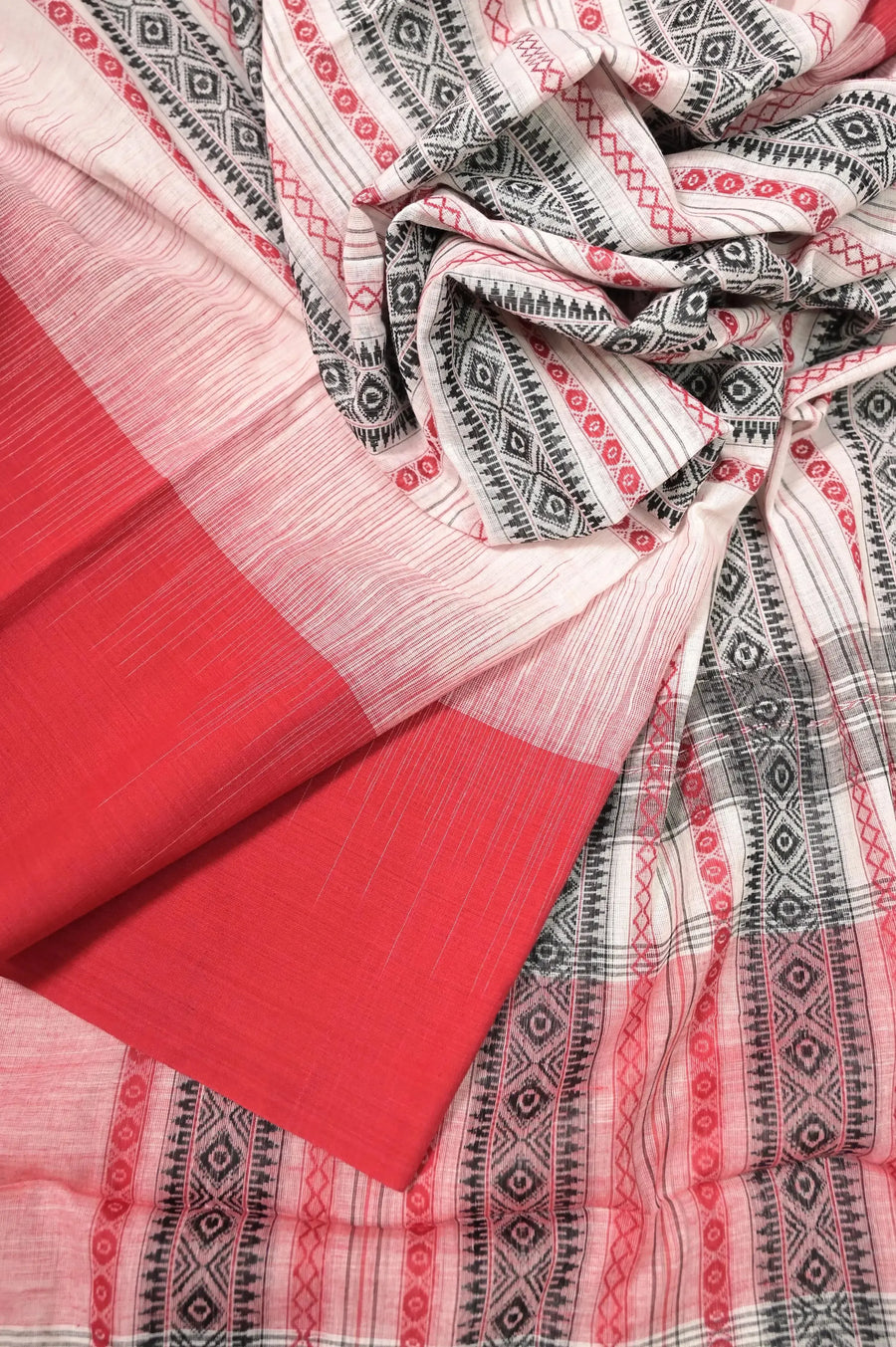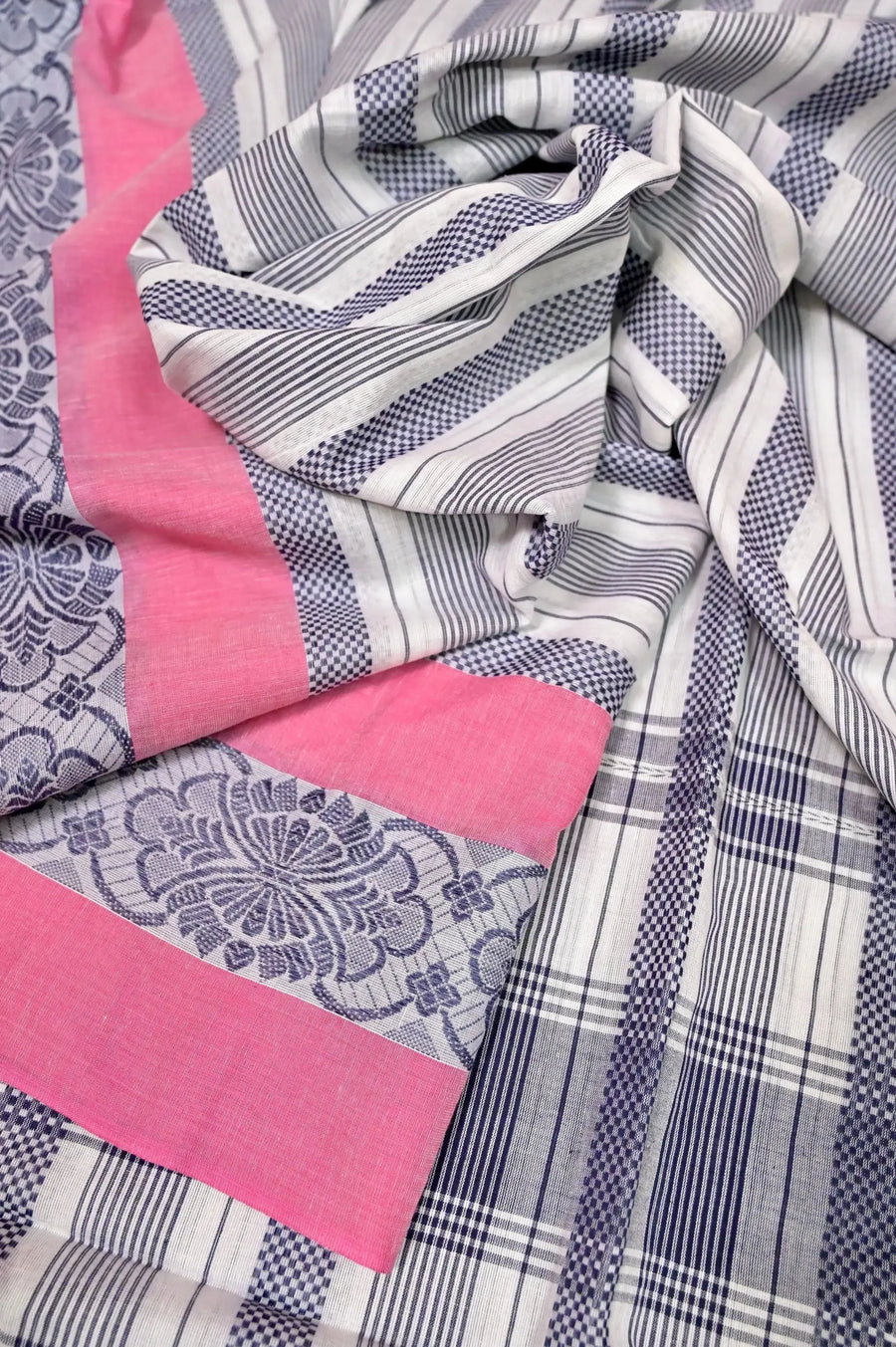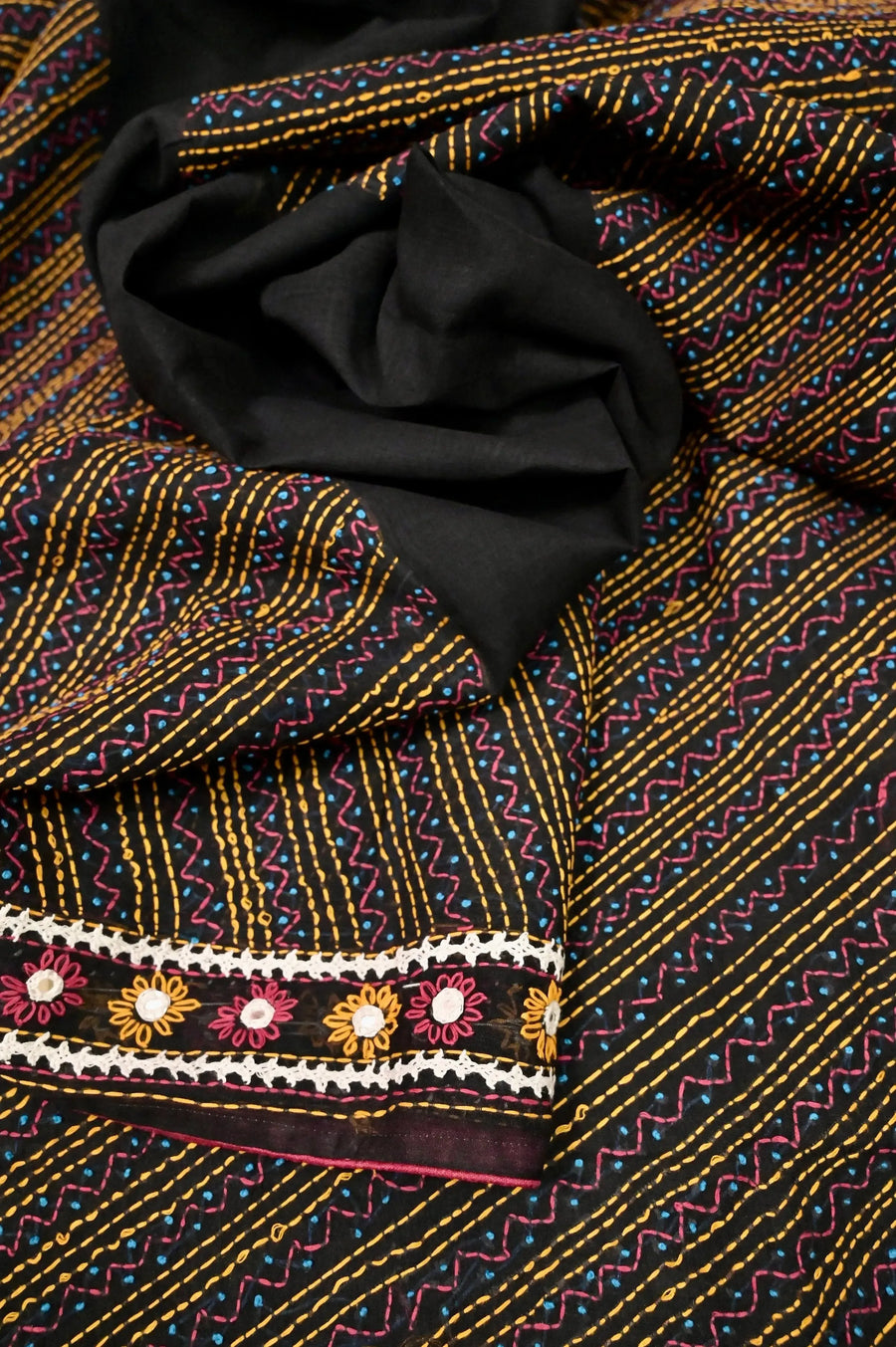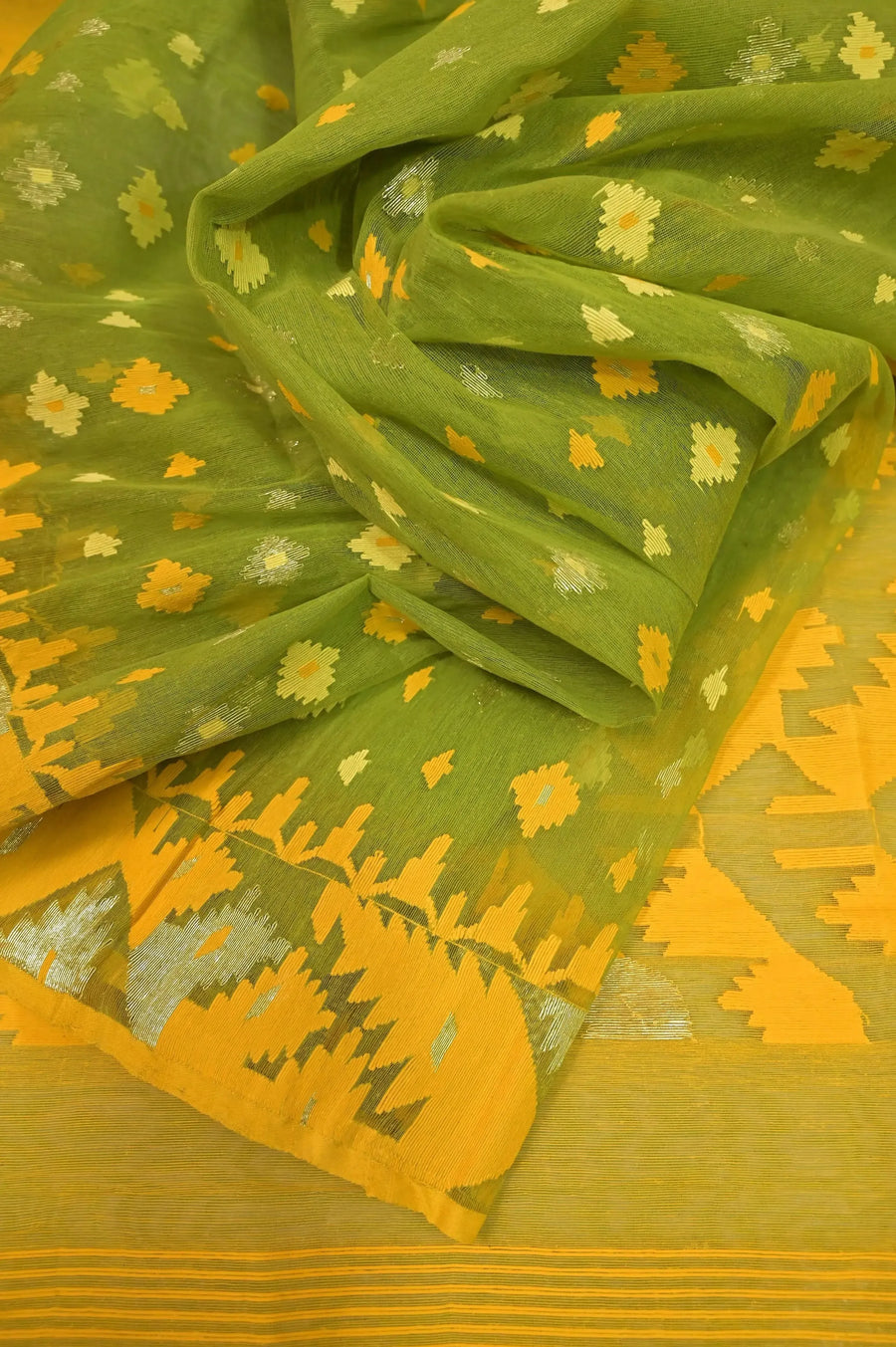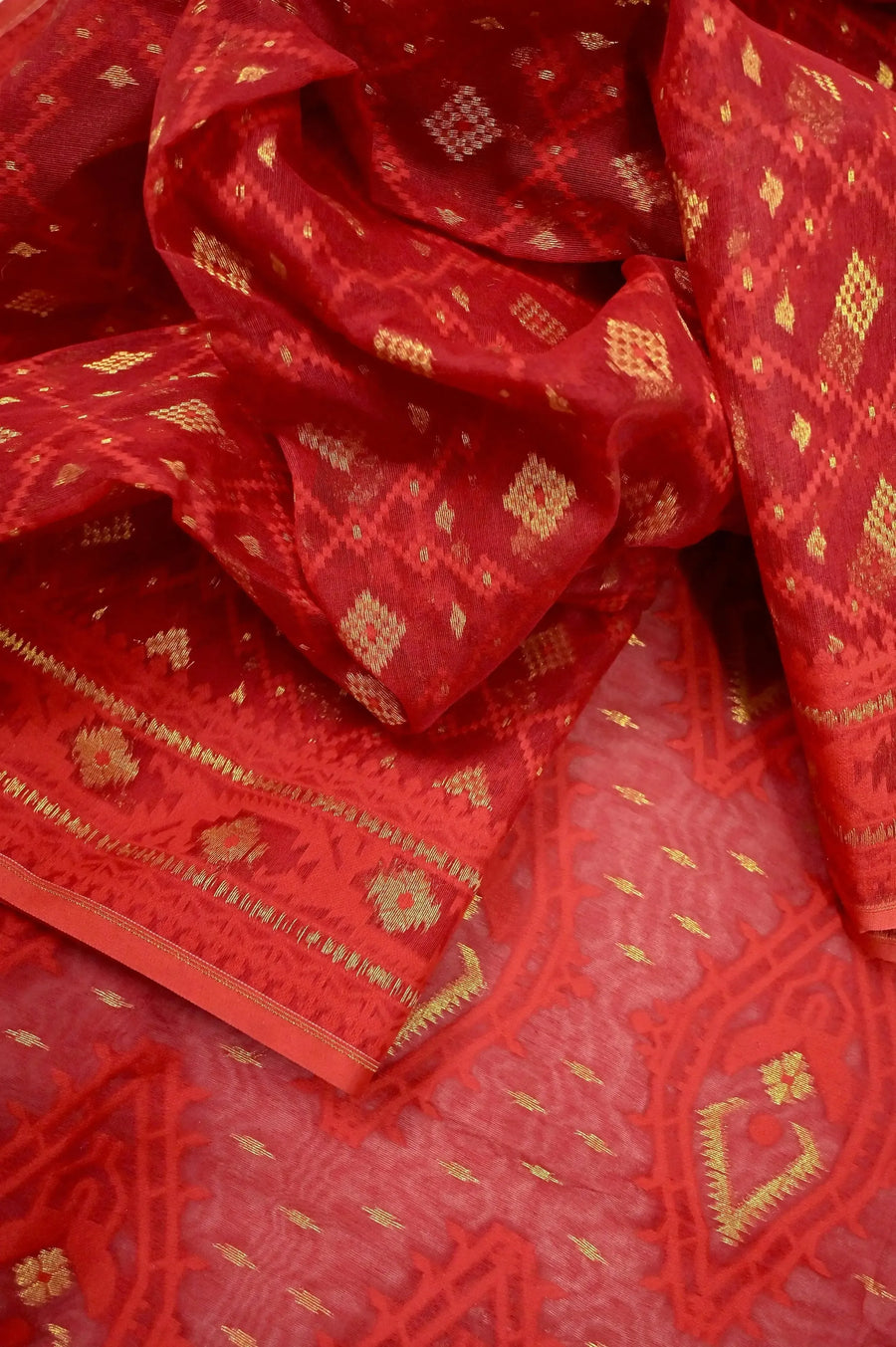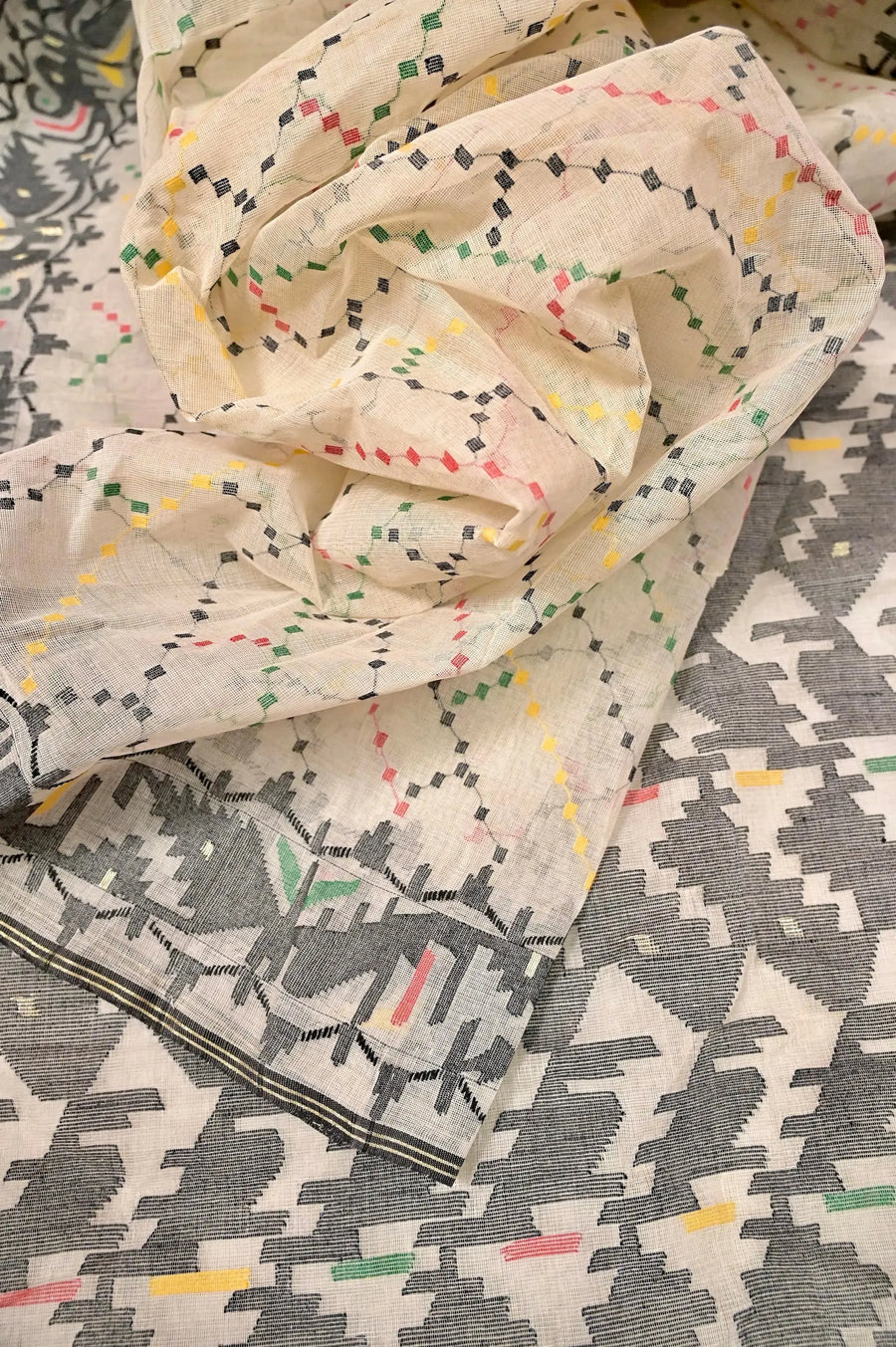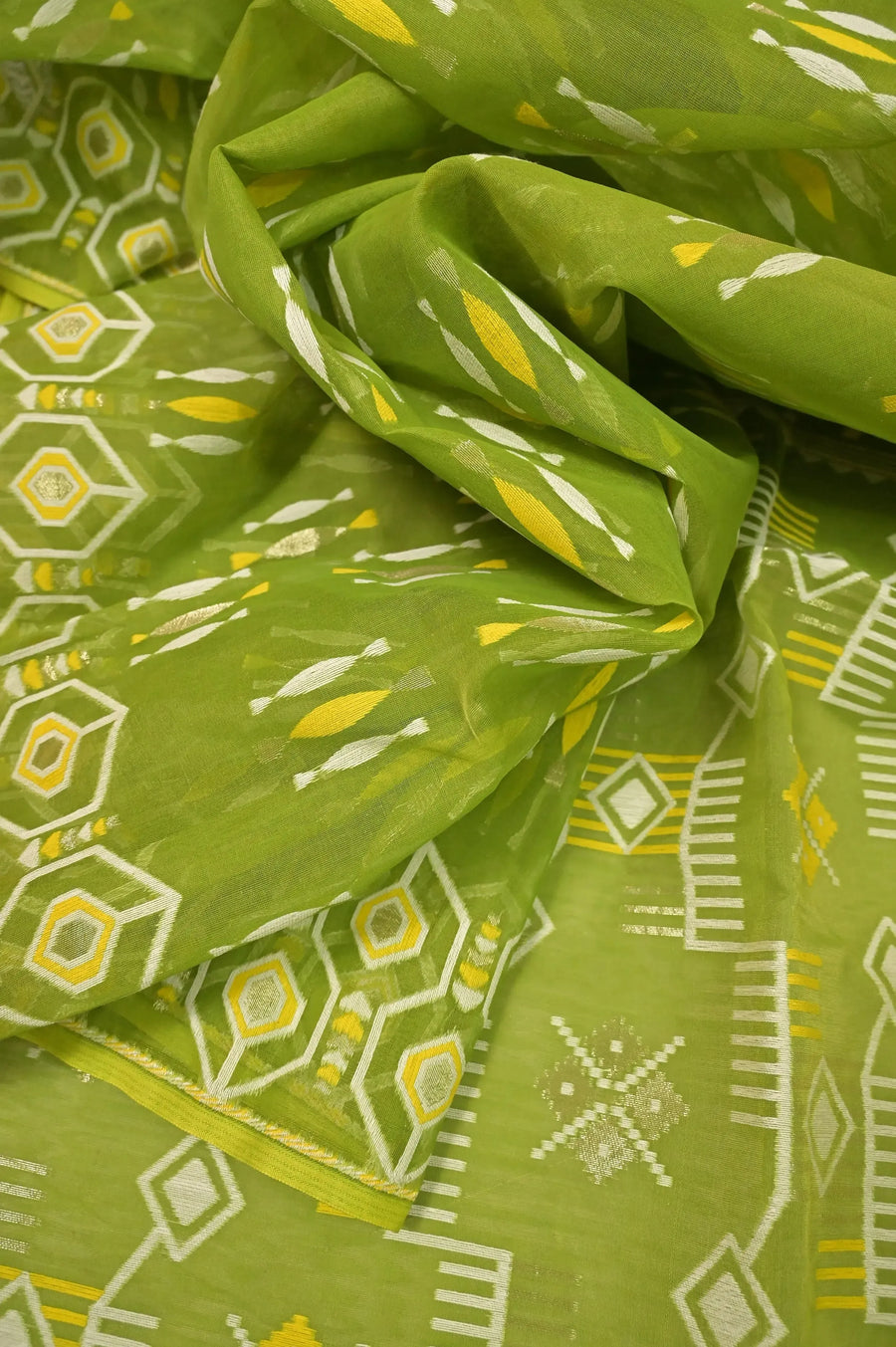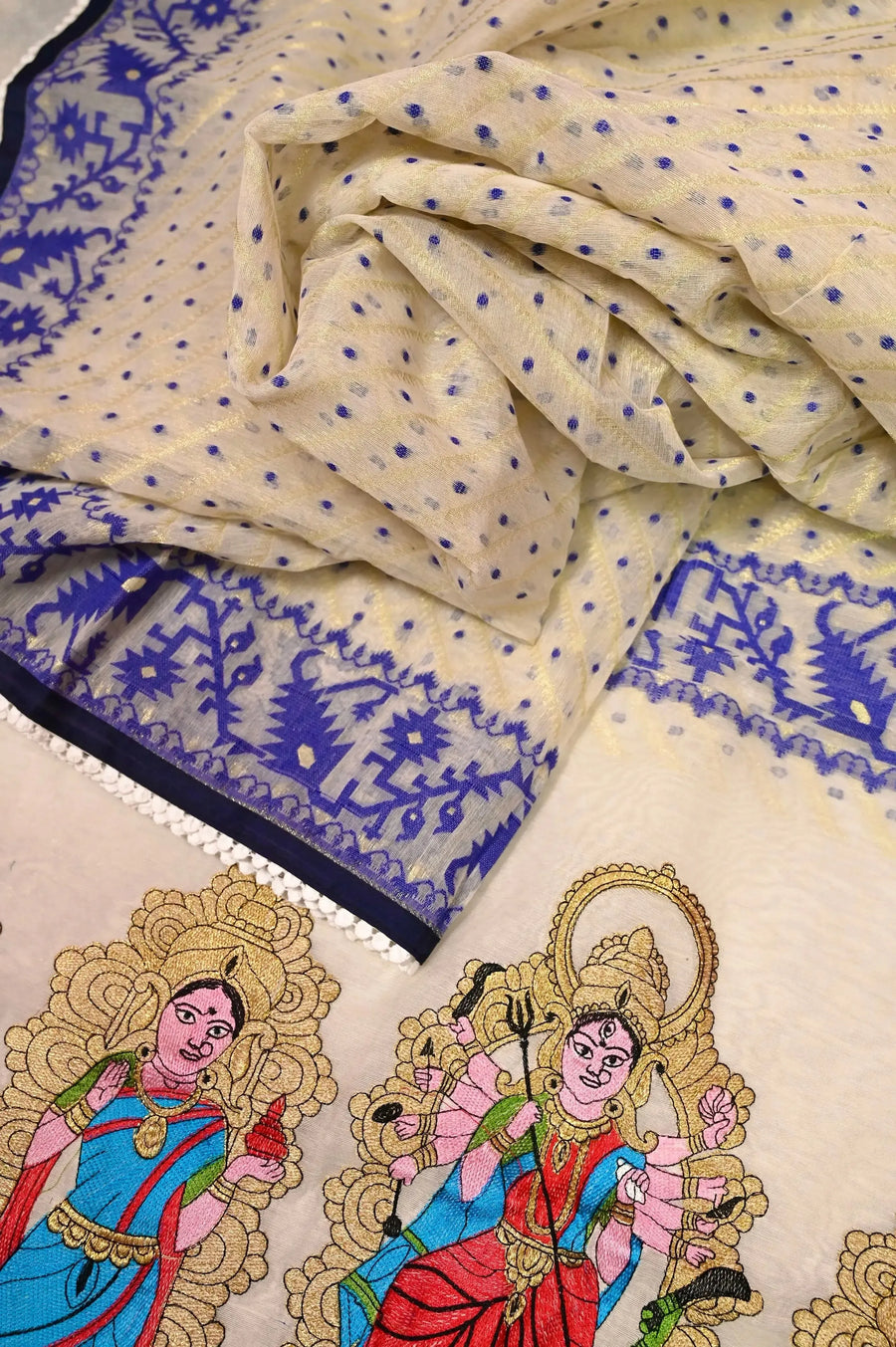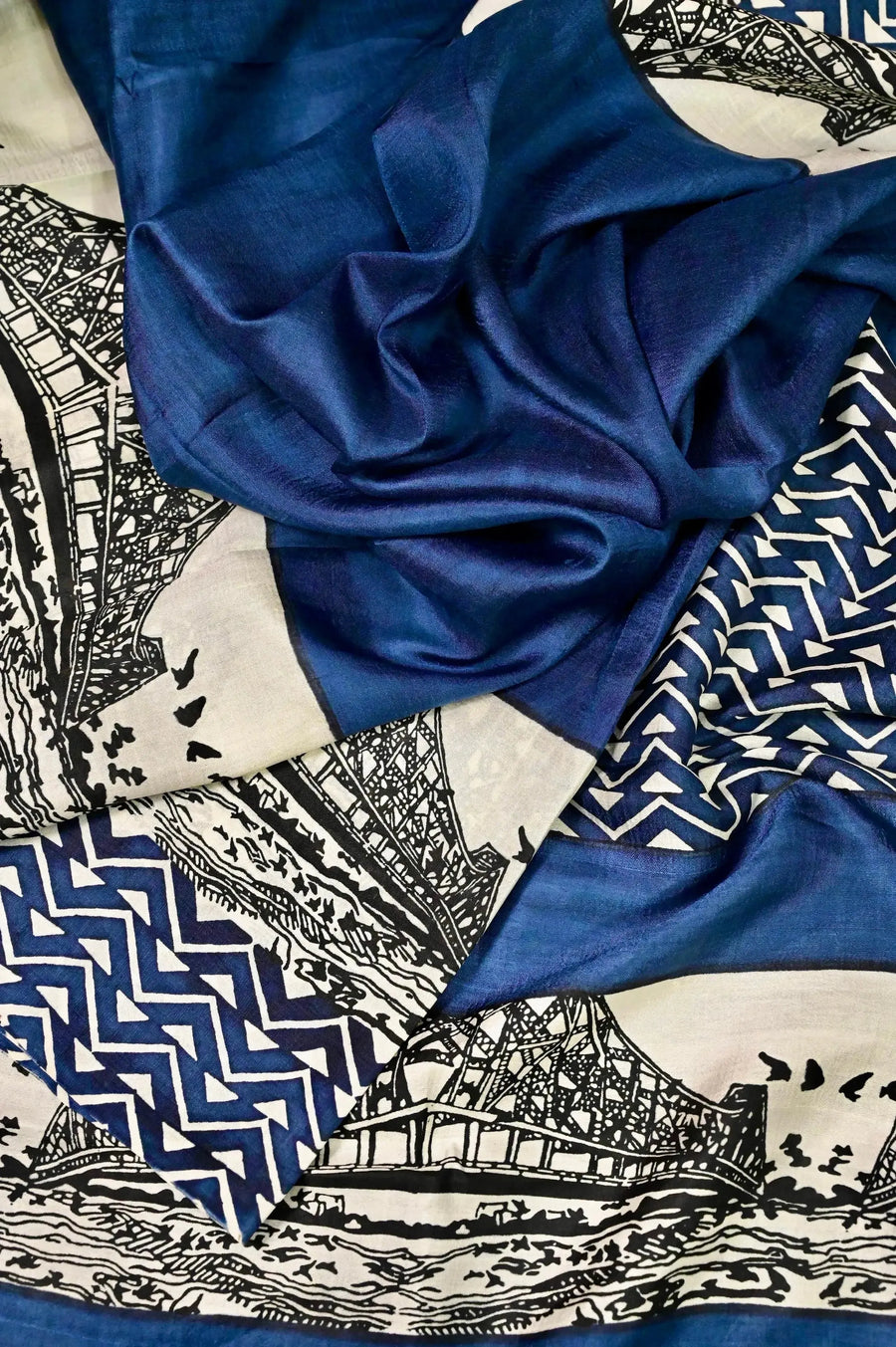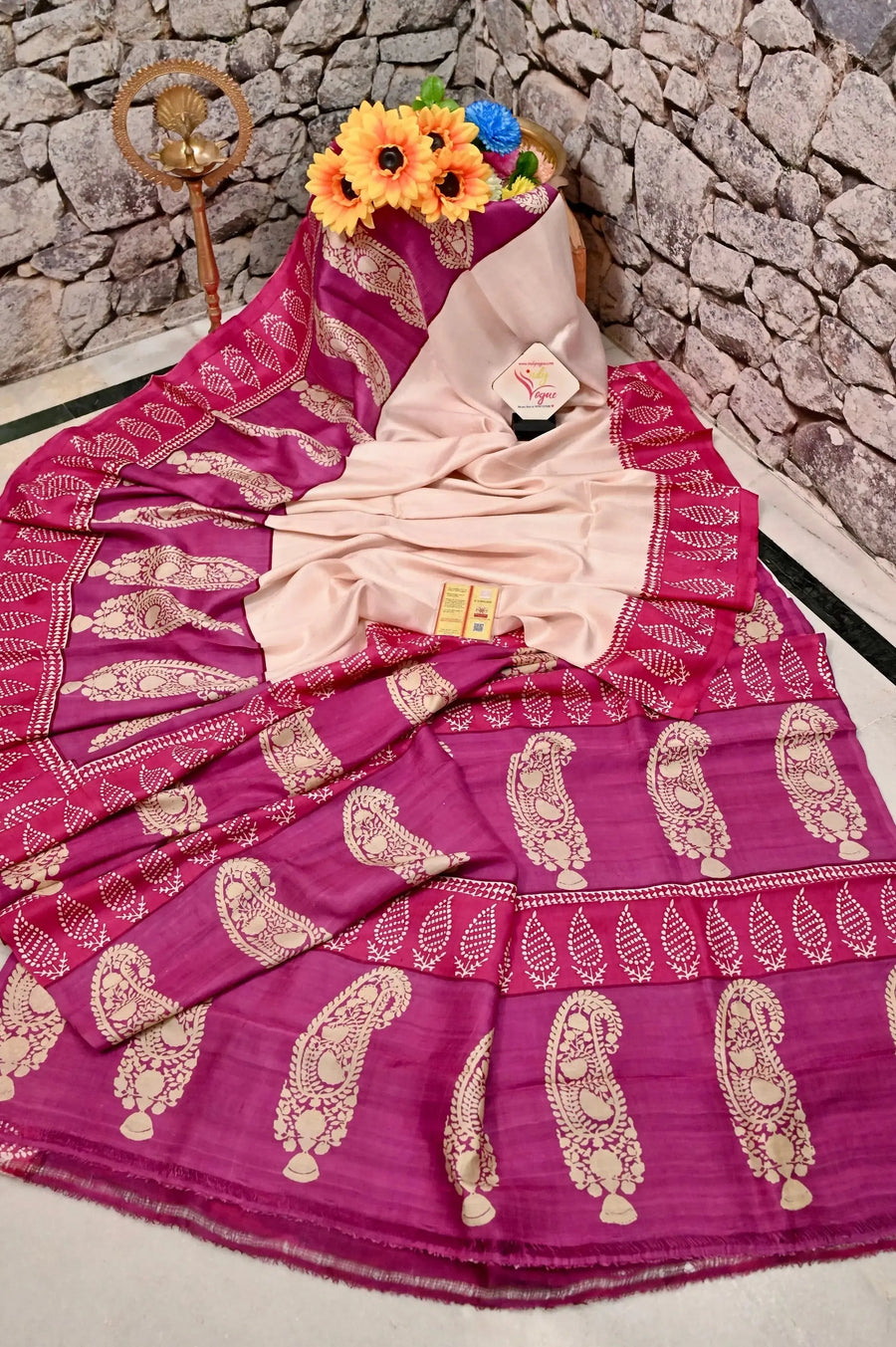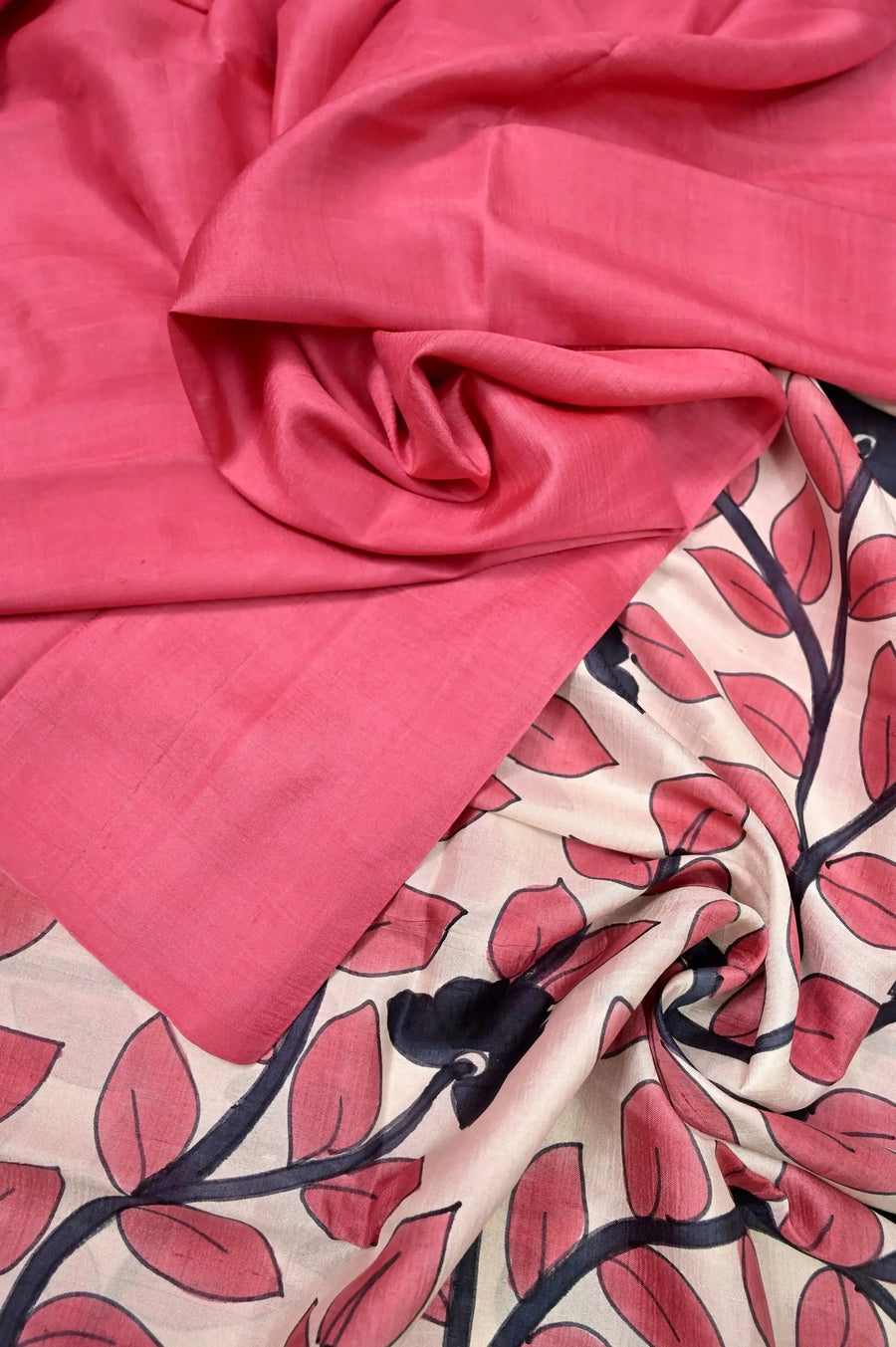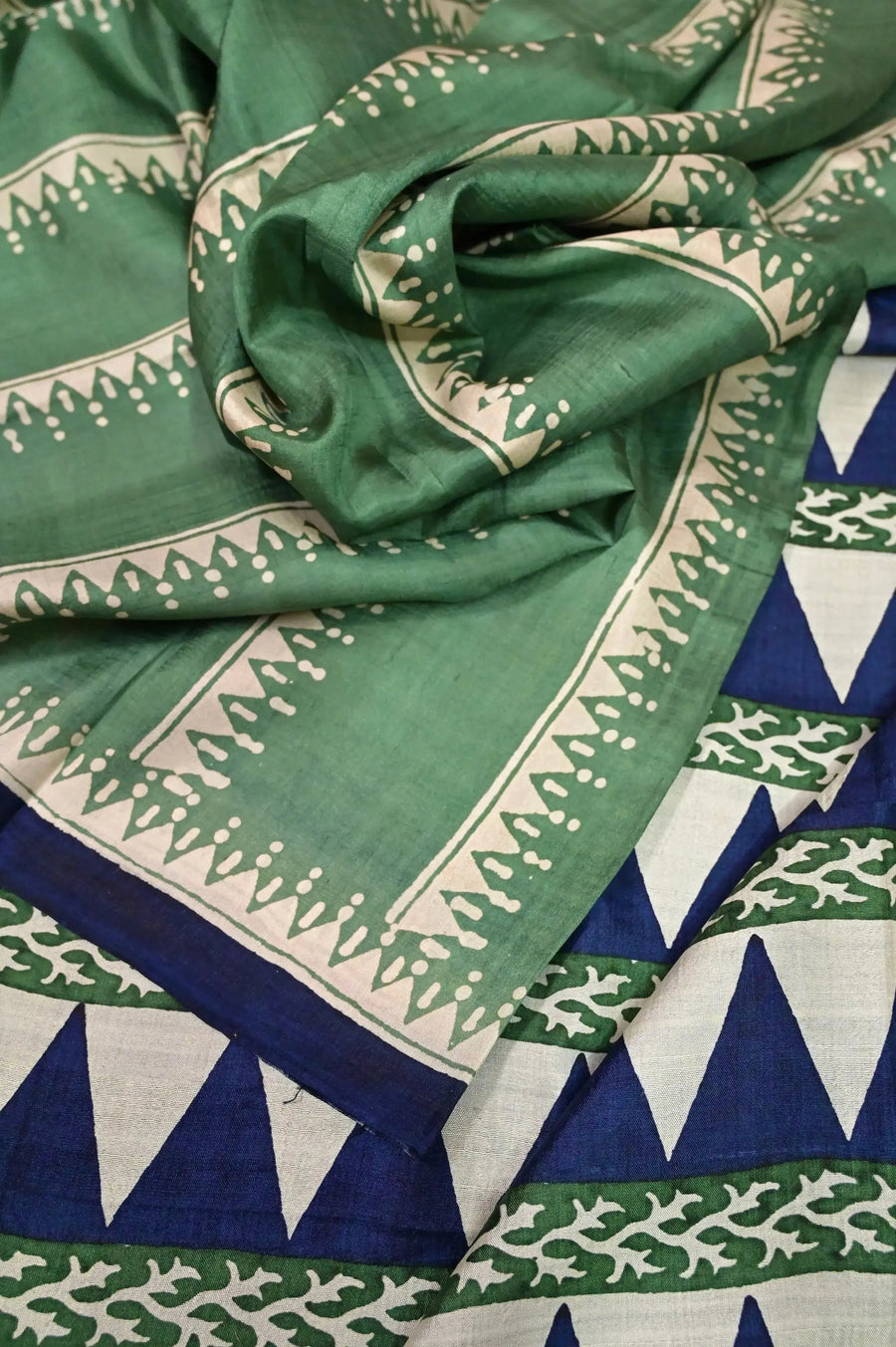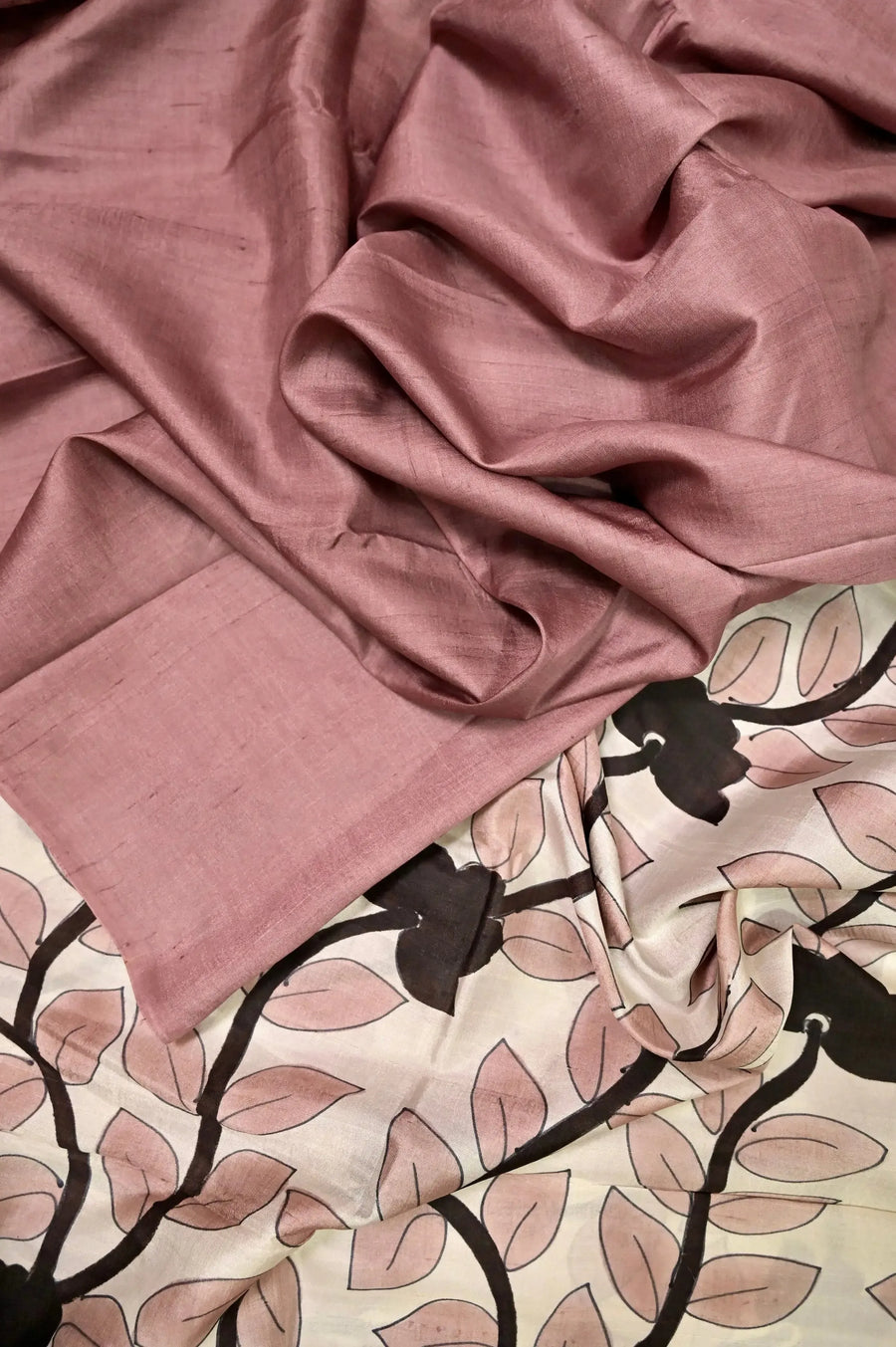Satyajit’s Nari and Satyajit’s Saree: A Tapestry of Strength, Simplicity, and Storytelling
Let’s talk about two things close to every Indian heart—sarees and cinema. And when it comes to cinema that speaks of depth, humanity, and resilience, you can't help but whisper the name Satyajit Ray with reverence.
Just a few days ago, we celebrated his birthday, and then I started browsing some of his classic movies and came across a subtle note. Beyond his cinematography and storytelling genius, there lies a subtle, recurring symbol in his films—the saree. Not just a garment, but a canvas. And not just a costume, but a character.
Have you ever noticed how Ray’s women—his “nari”—wear their sarees? Not flamboyantly, not extravagantly. Yet, each drape seems to say something. Something quiet. Something powerful.


